Originally published in the July 3, 2025 print edition of USA TODAY. Posted with permission.
Major tennis titles aren’t always claimed by the top seed or most talented player. Sometimes, the luckier, smarter or more guileful pro walks away with the champion’s trophy and paycheck.
Fifty years ago on July 5, 1975, Arthur Ashe set aside his usual power-hitting grass court game while defeating top seed Jimmy Connors 6-1, 6-1, 5-7, 6-4 in a historic all-American men’s final to become the first Black man to win a Wimbledon singles title.
Ashe baffled Connors from the start of the match with a mixture of dink drop shots, forehand slices – mainly to the left alley – and backspins to the middle of the court.
Connors had breezed into the final without losing a set. He had beaten Ashe twice in straight sets leading up to Wimbledon and was heavily favored to capture his third Wimbledon championship.
“I didn’t play my usual game,” said Ashe, explaining his long-shot victory. “I played the kind of game that would beat Connors … I knew that the harder you hit the ball, the better he likes it.”
Ashe died Feb. 6, 1993, of AIDS. It is believed that he acquired HIV during a blood transfusion he received during heart surgery in 1983.
Ashe, who grew up in the segregated South, developed an all-court game as a junior under the tutelage of Dr. Robert “Whirlwind” Johnson, who built a tennis court in the backyard of his Lynch-burg, Virginia, home where he taught hundreds of Black juniors (boys and girls) the fundamentals of tennis from 1950 to 1970. Some of his students, including Hall of Famers Ashe and Althea Gibson (the first Black to win a Wimble-don title, 1957 and ’58), became pros.
In Ashe’s first book “Advantage Ashe” (as told to Clifford George Gewecke Jr.), he relates the tactical change Dr. John-son instructed then 16-year-old Ashe to use against lanky Herb Fitzgibbon in the 1959 New Jersey State Junior Championship final.
Fitzgibbon had beaten Ashe the previous year in the Kalamazoo, Michigan, boys’ nationals: “Herb was a killing net rusher. I couldn’t pass him at the net. Dr. Johnson told me: ‘Don’t try to pass him. Try to hold him back from the net by hitting deep. When he does get to the net, lob deep and try to retrieve. Keep lobbing no matter what.”
Fitzgibbon won the first two sets 6-1, 6-1, but Ashe, trailing 4-1, rallied to win the third set 7-5 and easily claimed the final two sets, 6-1, 6-0, to win the title.
Ashe hearkened back to Dr. Johnson’s strategy lessons in adjusting his game in the historic Wimbledon match against Connors. “Dr. Johnson’s plans usually paid off for me in the long run,” Ashe wrote in his book. As part of a year-long celebration of the 50th anniversary of his 1975 Wimbledon victory against Connors, UCLA, Ashe’s alma mater, held a reception earlier this year for his tennis accomplishments but also for his extraordinary contributions to the world. In 2017, UCLA established the Arthur Ashe Legacy Project (AALP), founded by Professor Emeritus Patricia Turner.
“Ashe was the first and only African American male in the 150-year history of Wimbledon to win the men’s singles title,” said Robert Cooper, a UCLA English professor. “So, this is a monumental celebration. It’s an opportunity for us to highlight and explore his legacy – his humanitarian work, his commitment to issues of social justice, equity, to racial justice, to health care.”
Ashe retired as a tennis pro in 1980 and is still the only African American male professional to win the US Open (1968), Australian Open (1970) and Wimbledon.
Editor’s note: Doug Smith is a former award-winning tennis writer for USA TODAY who also competed against tennis great Arthur Ashe in high school in Richmond, Virginia.
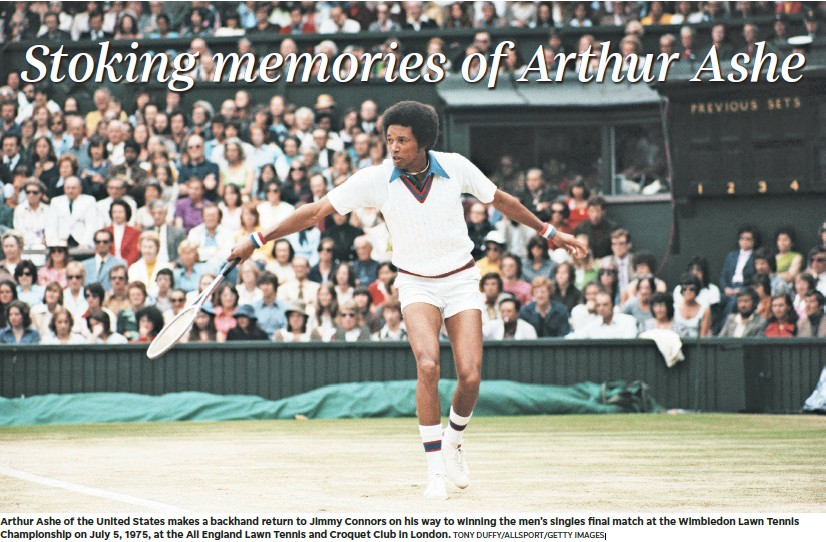
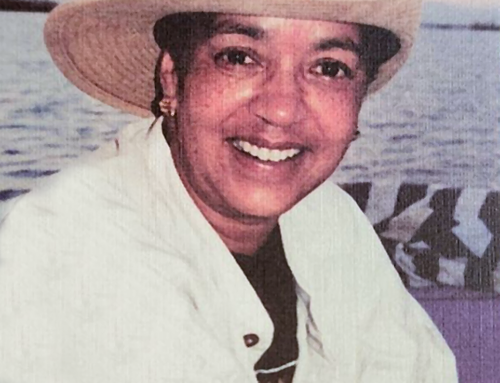
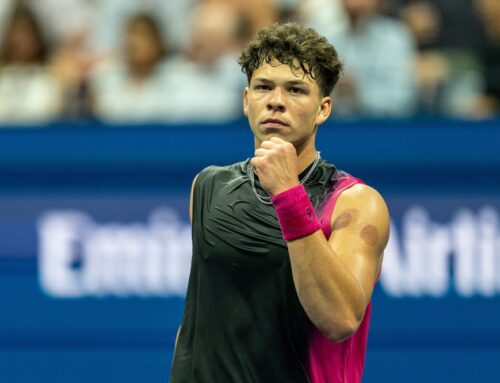
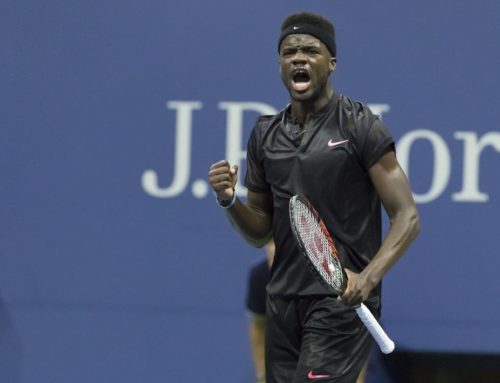
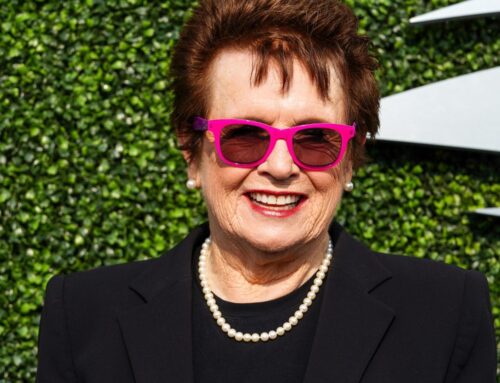
Leave A Comment